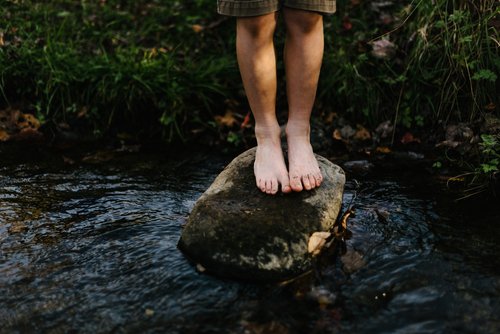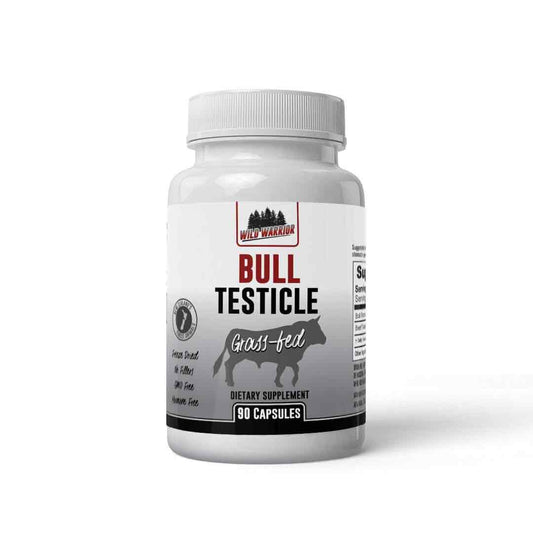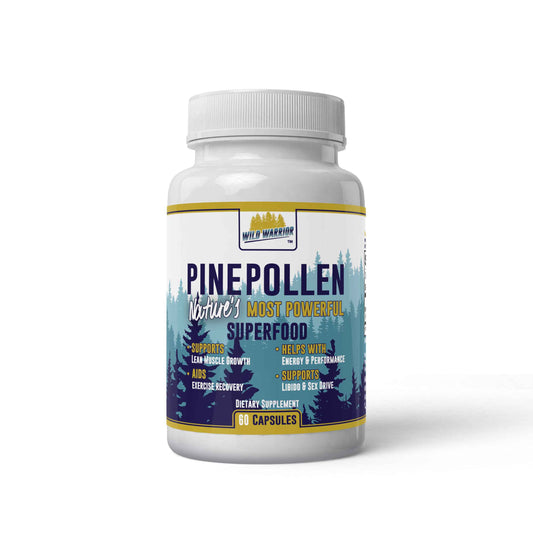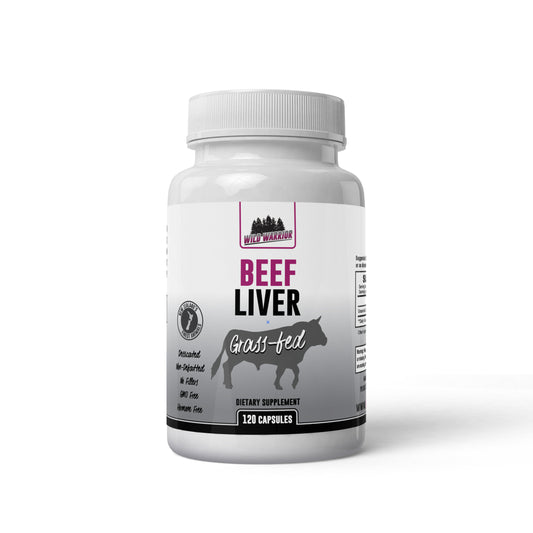If your feet hurt, you won’t workout and you won’t be active, so take care of them. They support our bodies and provide us with the ability to walk, so it’s only natural that we should repay the service by keeping them healthy.
Many people take feet health for granted, reacting to pain or visible issues, which is often just a minute too late. Fortunately, there are ways to fix most foot-related pains and symptoms, but today we will talk about preventive measures that will help you maintain healthy feet, so let’s start with the basics.
How to Keep Your Feet Healthy
Wear Proper Shoes
While running and casual shoes generally are designed with comfort in mind, luxury boots, dress shoes, and certain types require us to trade it for a better look.
It’s important to wear proper shoes for the right occasion. While commuting or taking a walk, wear light shoes; for camping, mountaineering, and especially trekking, consider breathable, sturdy shoes. When searching for dress shoes, make sure they don’t hurt your feet.
When it comes to gym shoes, look for all-rounders. Athletic shoes need to be comfortable, breathable, sturdy, and flexible in equal amounts. Although such pairs may cost top dollar, wearing budget shoes while engaging in higher levels of physical activity isn’t recommended.
Keep Your Feet Protected
Stress fractures are some of the most common foot-related injuries for runners, but anyone can experience them if their feet aren’t protected enough.
A good example of poorly protected feet would be wearing flip-flops while playing basketball. An even more common example revolves around workers on a construction site wearing regular shoes instead of steel-reinforced working boots.
To prevent small fractures and stress-related injuries, wear sturdier boots and shoes. Certain pairs lose their ability to guard your feet after being worn for years, as the seams keeping the material together begin to burst. Make sure to wear extra protective shoes when you’re going to a gym or exercising outdoors.

Shoe and Boot Fit Matters
Numerous foot-related diseases, problems, and injuries can be linked to shoes that don’t fit properly. From heel pain and athlete’s foot, over hammertoes and blisters, to metatarsalgia and complications of existing foot symptoms, all of which could be avoided by wearing good-fitting shoes and boots.
Fortunately, many of these issues are followed by symptoms that will alert you of a growing problem, giving you enough time to react.
For example, if you are experiencing sharp pain when you are walking, there’s a good chance that the early stages of Plantar fasciitis are the root of the issue. Ingrown nails will begin to hurt quite early as well and could be discovered whenever you are taking a bath after a workout.
Visit a Podiatrist More Often
A podiatrist, or podiatric physician, is basically a doctor specializing in leg-related issues. It’s generally recommended to visit your local podiatrist once each year for a routine check, but you obviously shouldn’t wait that long if you are experiencing any pain or high levels of discomfort.
There are numerous foot diseases and syndromes that are hard to reveal, mainly because the symptoms are either too mild or non-existent. Morton’s Neuroma, for instance, is a foot condition that doesn’t necessarily cause any pain.
Visiting a podiatrist every couple of months will help you reveal if anything is wrong with your feet. It’s always better to prevent than to cure a disease, especially with benign, symptom-less ones that could easily turn into complications.
Massage To Relieve Pain and Exfoliate
Foot massages, especially when performed by a professional, can drastically improve the health of your feet. A simple 5-minute session could improve the blood circulation in your feet and alleviate most cases of swelling.
Given that adults are more prone to injuries and swelling while exercising, it’s recommended to take a foot massage after each session, whether you are running, lifting, cross-training, or boxing. Foot massages will help you exfoliate damaged skin and keep your feet strong and young, regardless of your age.
Take Foot Soaks
Soaking your feet in lukewarm water can be both enjoyable and healthy. Given that water can help various substances dissolve, it’s a perfect agent that will help your feet reap the benefits of essential oils.
When a foot massage is taken after a relaxing foot soak, the effects are drastically stronger. Many people add various ingredients to further improve their foot health, such as baking soda for exfoliation, coconut oil to fight eczema, as well as a mixture of tea tree and lemon oil to prevent fungus growth.
Experimenting with essential oils, ciders, baking soda, and salt can be dangerous, so make sure to consult your doctor about what types of ingredients you should use for a soak, and in which quantity.
If you are regularly exercising, taking a warm foot soak is one of the best ways to avoid foot fungi, especially if you are sharing the same exercise space with dozens of other people.
Consider Wearing Orthopedic Shoes
If you are prone to foot conditions and diseases, any doctor will recommend wearing orthopedic shoes. These special shoes are specifically engineered for people with existing foot conditions, and they are incomparably more effective at alleviating pain, reducing stress, and providing support than any other shoe type.
With a carefully constructed footbed, ample cushioning, superior arch support, and a soft step-in feel, orthopedic shoes are the best solution for everyone suffering from plantar fasciitis, heel spurs, bunions, as well as more severe foot-related syndromes.
Orthopedic shoes are also ideal for middle-aged physically active men, as the extra support and cushioning promote more flexible foot movements and a stabler posture.
Conclusion
Foot health is crucial, regardless of how physically active you are, regardless of your age. When our feet start to hurt, it’s usually a signal that something wrong is up already.
Hopefully, this article should have provided you with the means to counter some of the most common foot-related diseases. Stay safe, keep your feet protected, and always remember to wear the right shoes for the occasion.
Hilda Crawford
Fortunate Feet



